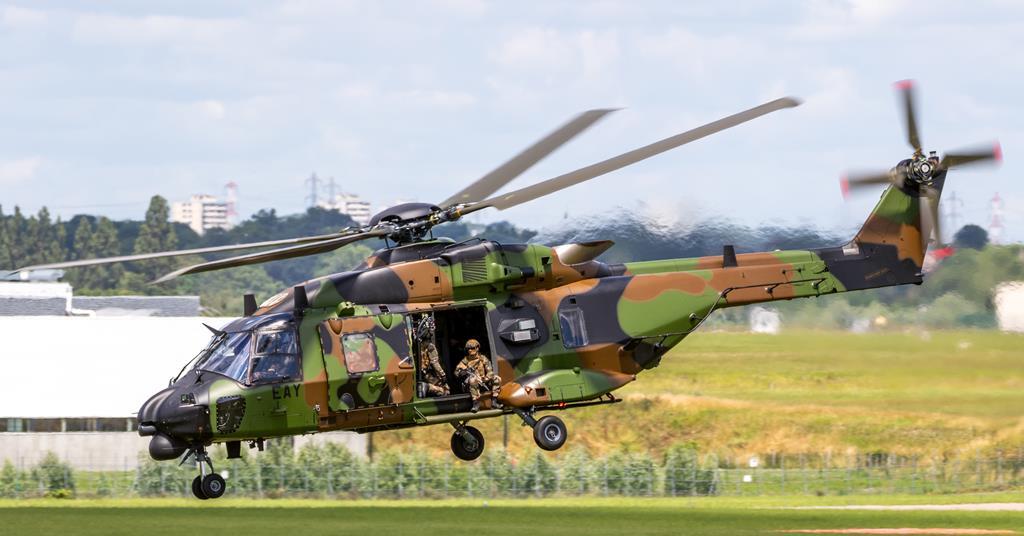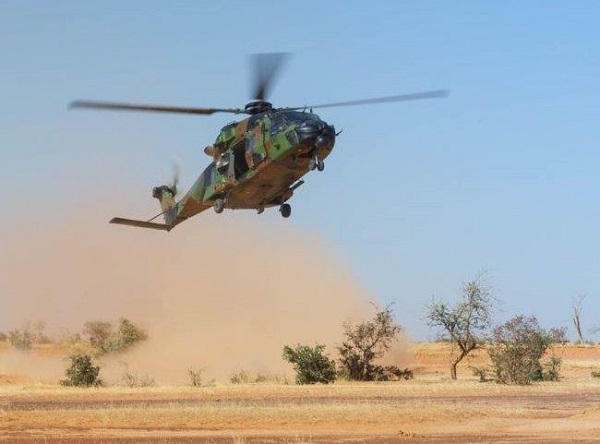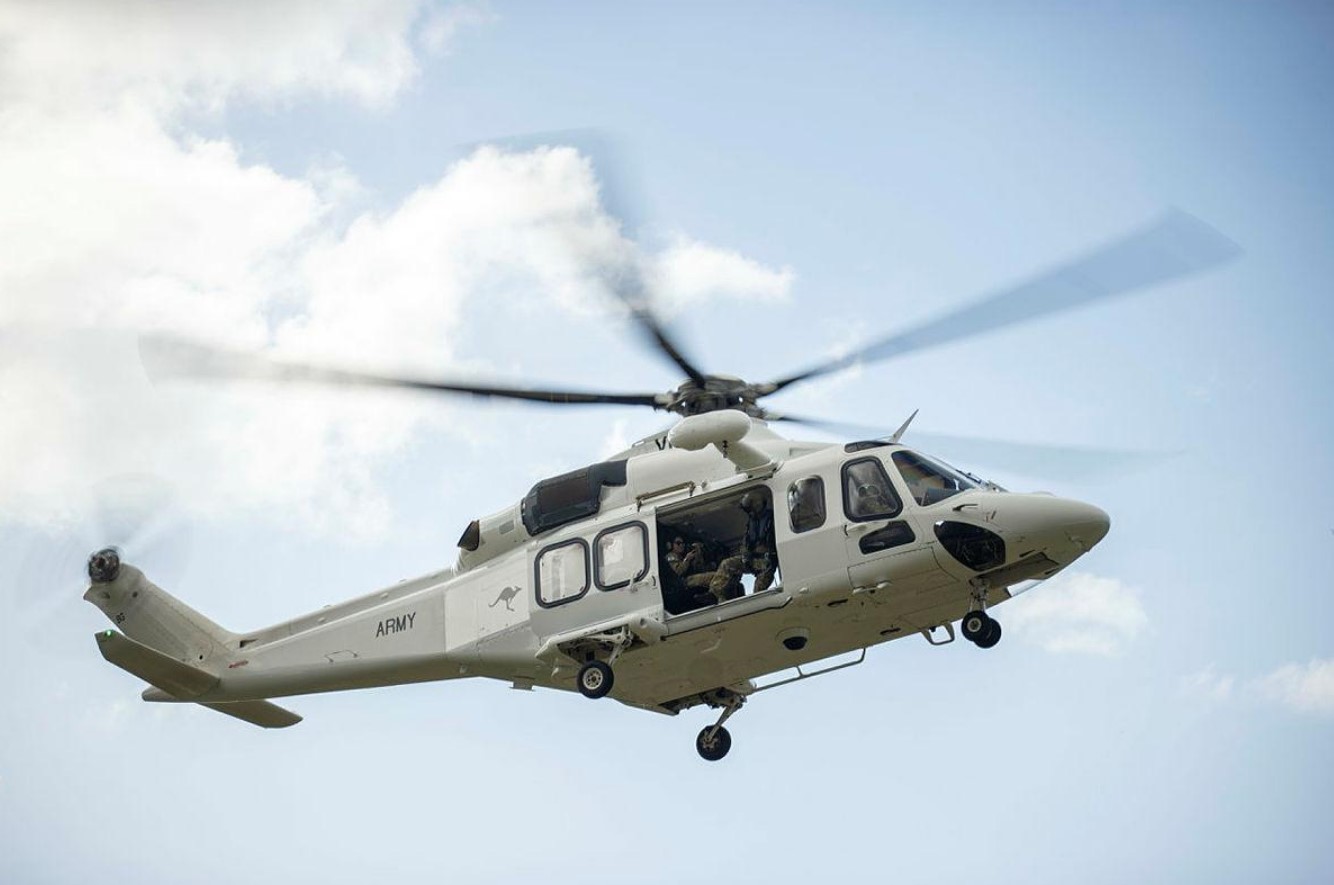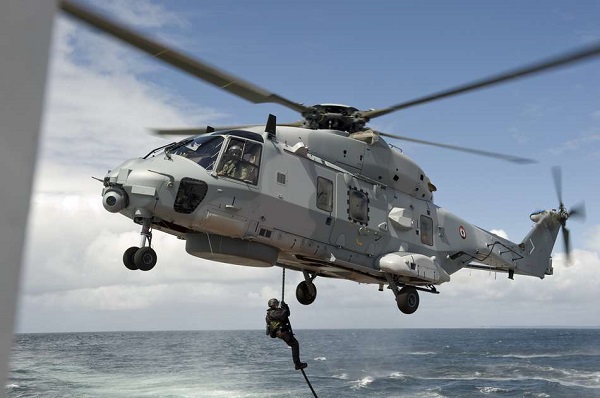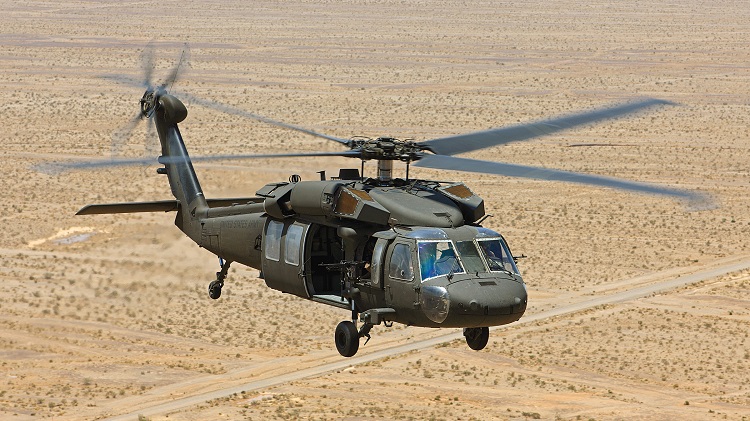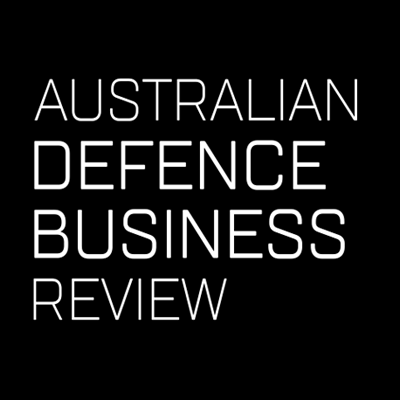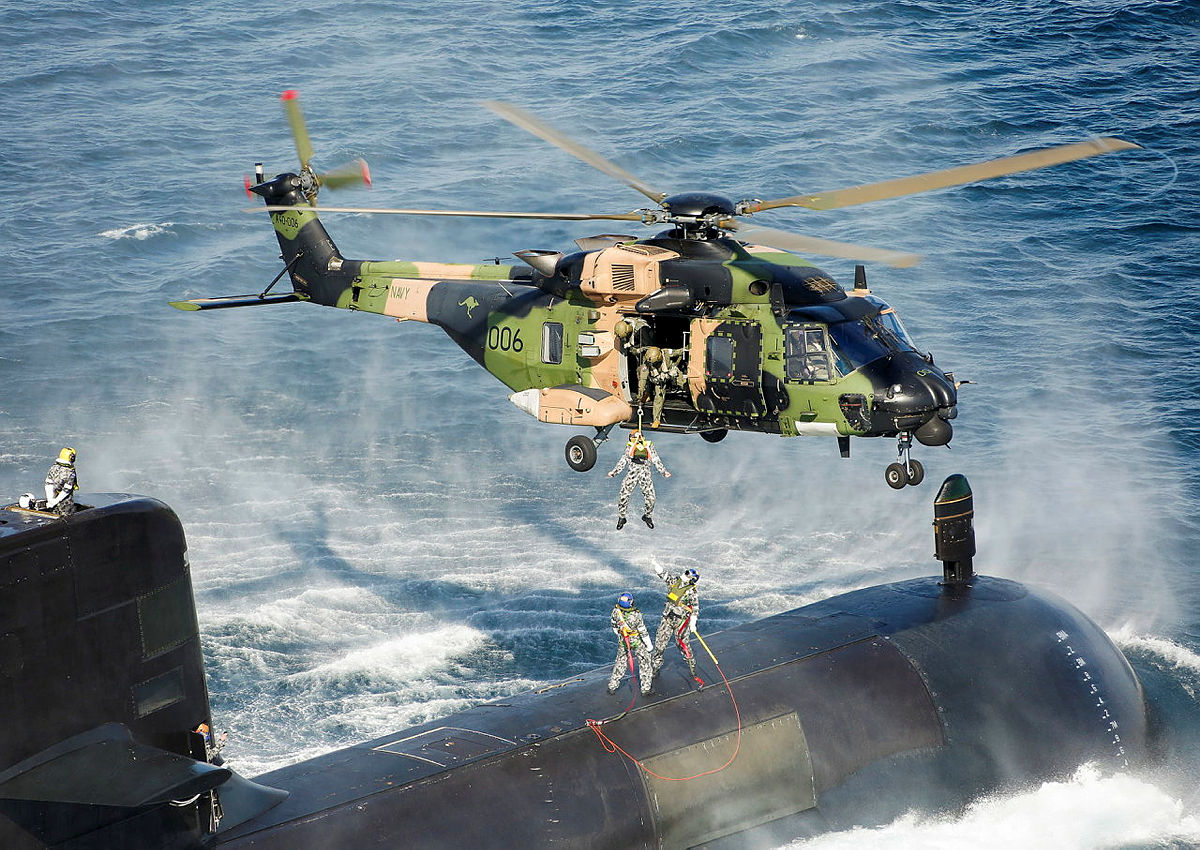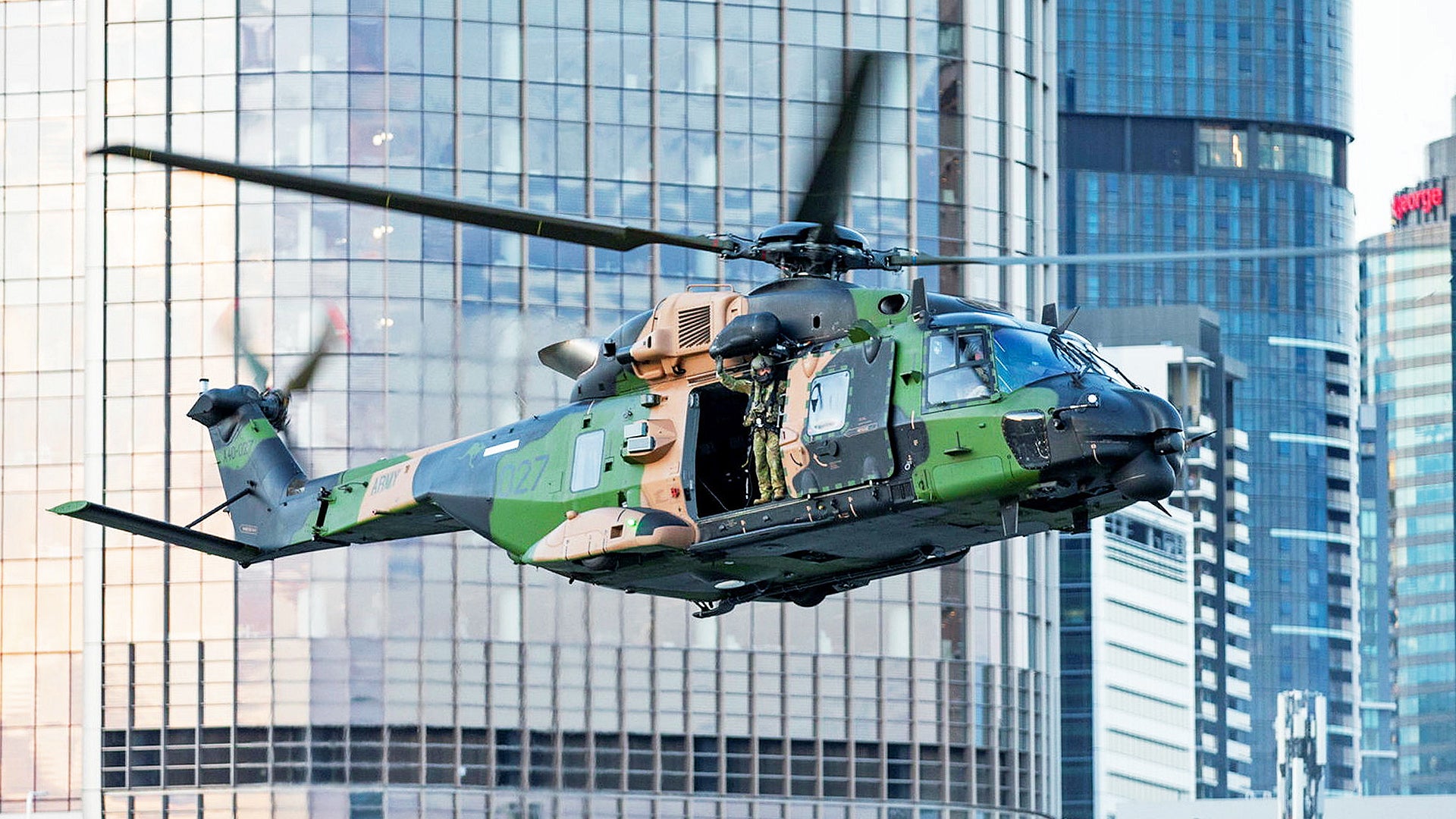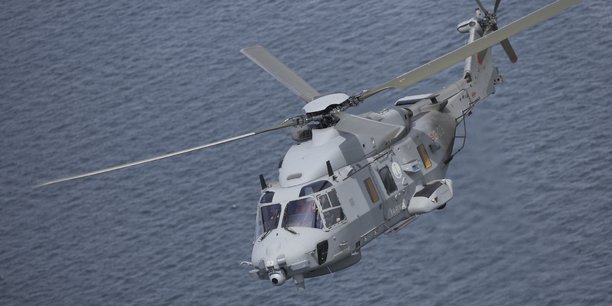Sur une flotte de 27 appareils (le dernier ayant été livré fin 2021), seuls "sept Caïman sont disponibles actuellement", a confié la directrice de la direction de la maintenance aéronautique (DMAé), Monique Legrand-Larroche lors du point presse du ministère des Armées, qui s'est tenu jeudi dernier. Soit à peine 26% de la flotte. Mais ce serait la fourchette haute, estime une source interrogée par La Tribune. "En moyenne, la disponibilité des Caïman est de l'ordre de 4 à 7 appareils", affirme-t-on. Et de façon très exceptionnelle, elle est même tombée à une seule machine lors d'une journée fin 2021. Soit une disponibilité d'un peu plus de 15% de la flotte pour la fourchette basse. Pourtant la disponibilité des Caïman était bien meilleure en 2017 (36,1%) et 2018 (30,4%) même si c'était loin d'être remarquable.
------------///////------//-//---------/
On a fleet of 27 aircraft (the last having been delivered at the end of 2021), only "seven Caimans are currently available", confided the director of the direction of aeronautical maintenance (DMAé), Monique Legrand-Larroche during the press point of the ministry des Armées, which was held last Thursday. Barely 26% of the fleet. But that would be the high range, believes a source interviewed by La Tribune. "On average, the availability of Cayman is of the order of 4 to 7 airframe", it is said. And very exceptionally, it even fell to a single machine during a day at the end of 2021. That is to say an availability of just over 15% of the fleet for the lower range. Yet the availability of Cayman was much better in 2017 (36.1%) and 2018 (30.4%) even if it was far from remarkable.
